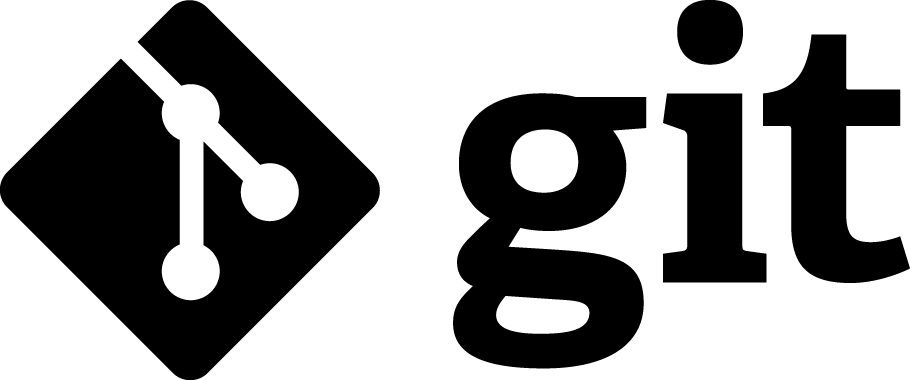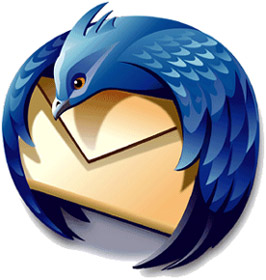Some of the programs and offerings we use on a daily basis.

Firefox
Firefox is out browser of choice for viewing and developing web pages. It offers security, productivity and performance advantages over IE that make it our browser choice. We recommend it to all our clients and use it as our platform of choice when we can right applications that only need to be supported on one browser.
Chrome

Chrome is Googles new browser. This browser is still in “Beta” form, but has proved to be very stable. It doesn’t replace Firefox for viewing and developing, but we do use it to host online applications that we use throughout our business day. For example, we use it to read online mail, access our calendar, and record our time in our timetracking system. These applications are producted from any of the other applications crassing via Chrome’s sandbox architecture. Now, when Firefox crashes, we don’t loose these valuable applications.
Thunderbird
Thunderbird is our email application of choice. Again, it provides security, productivity and performance advantages over Outlook that make it our email client of choice.
Development Tools
 Git
Git
Git is a distributed version control system, an important component of Source Configuration Management (SCM). Using it, we record the history of sources files, and documents we generate in our business day. Git is most famous for its branching model. Whether the project is large or small, git handles the job with speed and efficiency.
Mantis
Wyolution uses mantis to track issues customers find on any of our sites or projects. Authorized users can log into our tracking site, enter information about issues, monitor a reported issue, run reports on total issues for sites, and request site enhancements. When issues are logged, we will receive an automated email informing us that the site needs our attention. Unlike email, the system keeps issues organized by project. It also keeps track of updates and supporting documentation.
PHP
PHP (Hypertext Preprocessor) is an HTML-embedded scripting language. Much of its syntax is borrowed from C, Java and Perl with a couple of unique PHP-specific features thrown in. The goal of the language is to allow web developers to write dynamically generated pages quickly.
Because of its popularity and ease of use, many consider not an Enterprise viable solution. This is untrue. Enterprises want to have specific assurances about a web technology they use and PHP delivers in those areas:
- performance and fast development
- reliability and security
- extensibility – able to use industry standards to communicate with other software systems.
- scalability – able to add additional servers as the load increases.
- load balancing – ability to distribute the load so no single server is overloaded
- high availability – ability to survive failure of server components transparently.
- easy maintenance and deployment – as the number of servers increase, enterprises want to be able to automate the management of the software

Eclipse
“The Eclipse Platform is designed for building integrated development environments (IDEs). It can be used to create diverse end-to-end computing solutions for multiple execution environments.” (IBM)

MySQL
The MySQL® software delivers a very fast, multi-threaded, multi-user, and robust SQL (Structured Query Language) database server. MySQL Server is intended for mission-critical, heavy-load production systems as well as for embedding into mass-deployed software. MySQL is a registered trademark of MySQL AB.

Safari
Safari is yet another web browser. Though it isn’t our main web browser, it is for the Apple community. As a result, we use it for testing. To ensure our clients sites and applications work equally well in all major browsers, we test out code in all the popular browsers.




